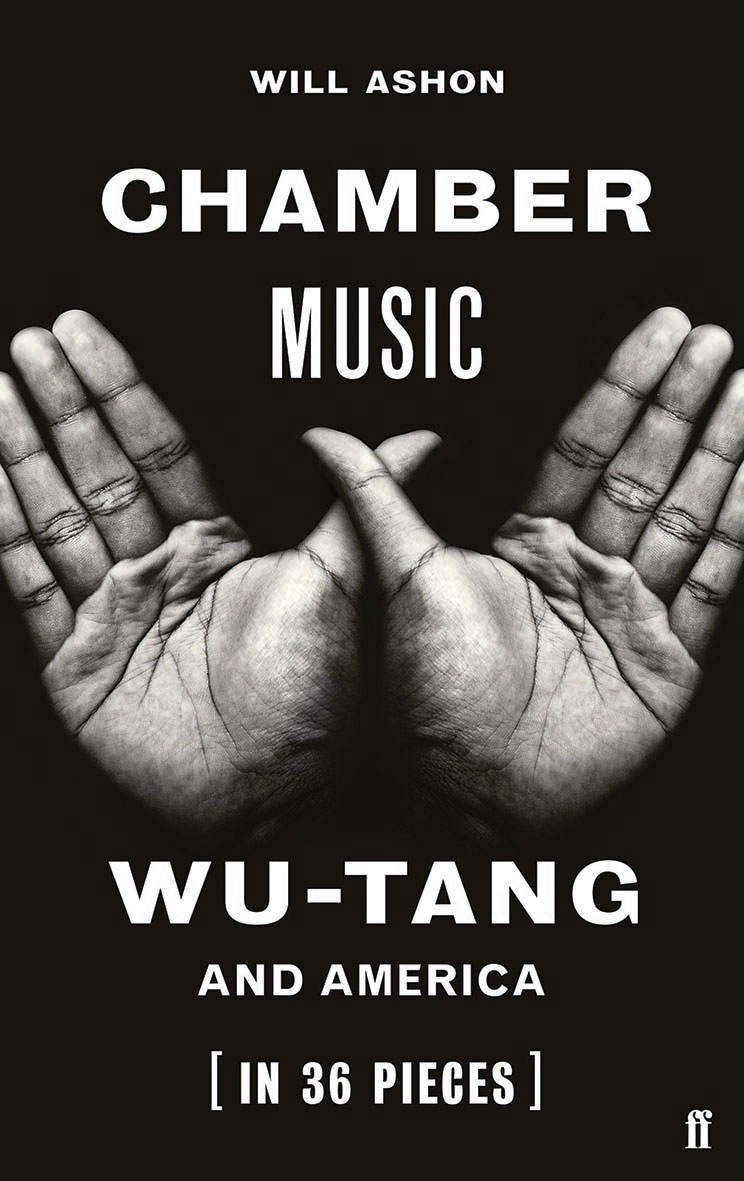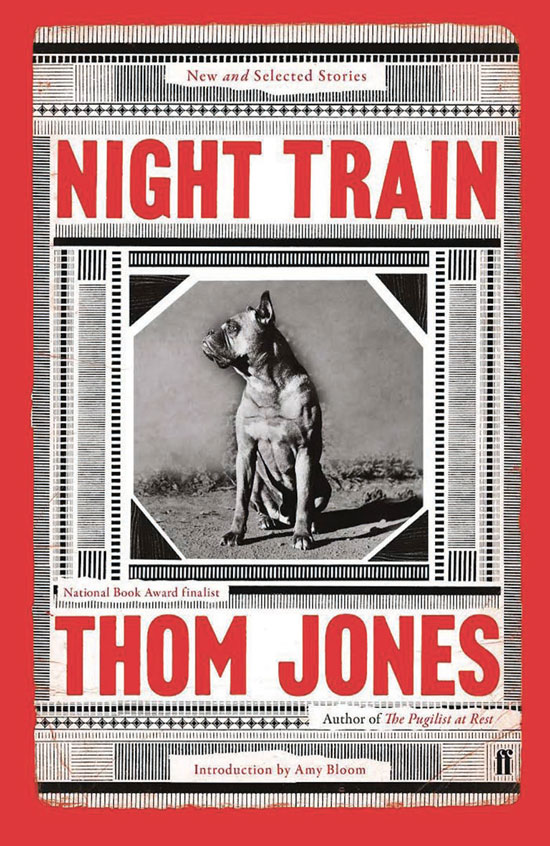Like the legendary album which inspired it, Will Ashon’s Chamber Music: About the Wu-Tang (in 36 Pieces), arrives with a fanfare. This deep analysis of the hip hop collective’s 1993 classic Enter the Wu-Tang (36 Chambers) has been declared a ‘masterpiece’ by influential poet Max Porter, with numerous hipster writers, journalists and Djs publicly falling over themselves to sign up as followers. And look, there’s me, the little white Glaswegian woman waving nervously near the end of the queue. Yup, I want to sign up too. In this case, you can believe the hype.

Right at the start, Ashon casts his hook. He sets the tone with two thought-provoking quotes; Ralph Ellison describing history as a ‘madman full of paranoid guile’, and Wu Tang grandmaster RZA‘s statement that ‘the only thing I rely on is truth, so therefore I rely on nothing.’
These are key gateways into the heart of this clever, provocative, ambitious thrill-ride of a book, an investigation of the divergence between mainstream history and subcultural history, official truths and alternative facts. It’s a genius move to use the Wu Tang’s seminal album as a steer into music, politics, power, and race relations in America and to present it as a scholarly text. Because this is history from a standpoint, and in a language, rarely encountered by literary readers (and make no mistake, Ashon’s work is as lyrical, as complex, as unapologetically intellectual as the best works of modern literature).
Ashon has the chutzpah of Lester Bangs, the gravity of Greg Tate, the knowledge of Peter Guralnick, and the poetry and invention of the bright and beautiful Langston Hughes
Where to begin with the numerous pleasures of this star spangled production? For those not au fait with the impact of social housing policy, education trends, the civil rights movement, drug infiltration, or crime stats in the US, it’s a revelation. If you’re interested in king fu movies, graffiti, baggy shorts or street vernacular, you’ll learn a lot too – Ashon travels the globe tracking the provenance of words, gestures and rituals which characterise hip hop culture.
And for those of us who relish great music journalism, Ashon is up there with all the heavyweights. He has the chutzpah of Lester Bangs, the gravity of Greg Tate, the knowledge of Peter Guralnick, and the poetry and invention of the bright and beautiful Langston Hughes. He is a meticulous documentarian of the industry, but shines most when he gets to the nub; the delicious intricacies of blues, jazz, soul, and hip hop. He swoops and glides, swaying from beatific evangelism to academic rigour and back again; the old rollercoaster metaphor never felt so apt. Yet underneath it all there beats a constant rhythm, to put it in his words, ‘as solid as a boxing technician on the defensive’.
Full of sound and fury, Chamber Music signifies everything that suddenly feels not just important but roaringly urgent about black American culture. This is its time. Oh, and that last blue note paragraph on page 262.. what a knockout.










